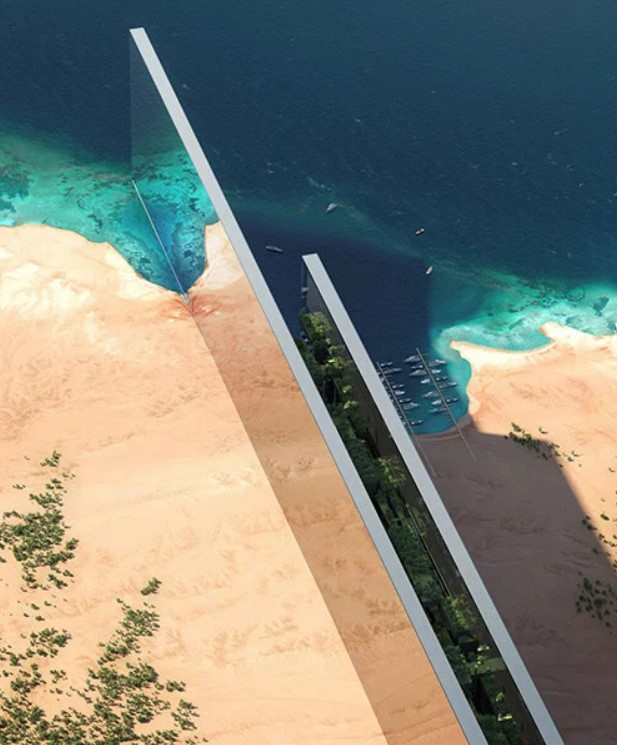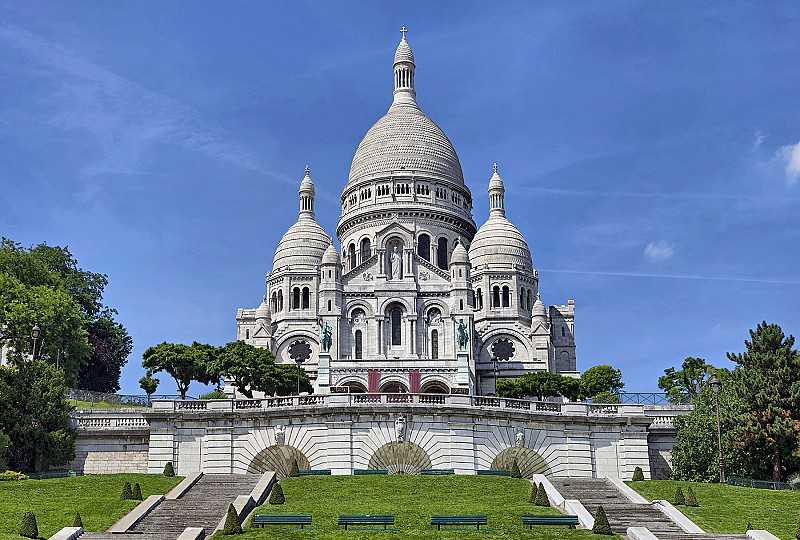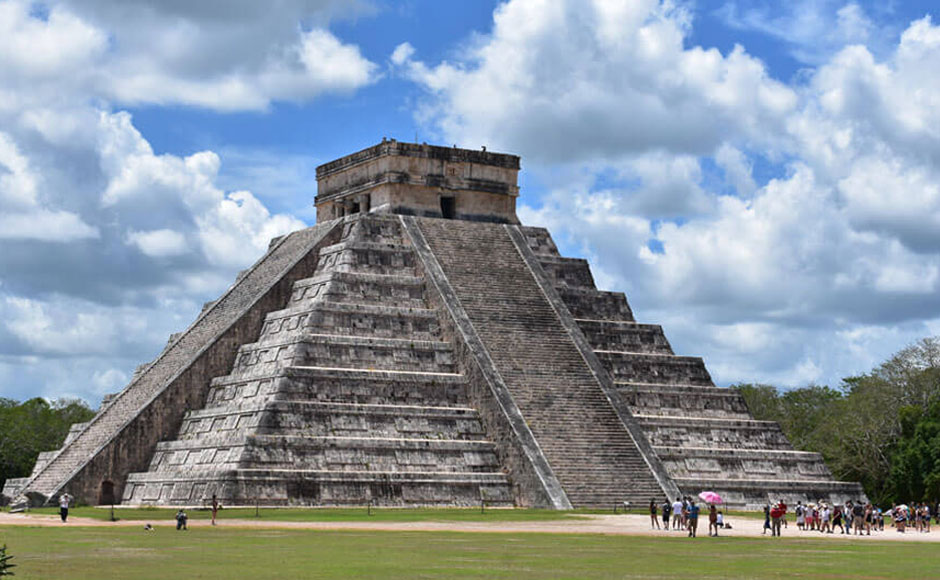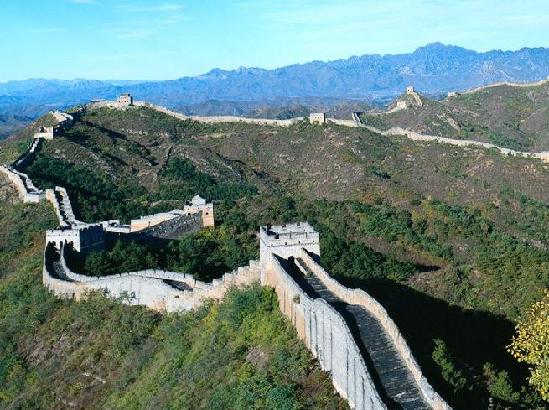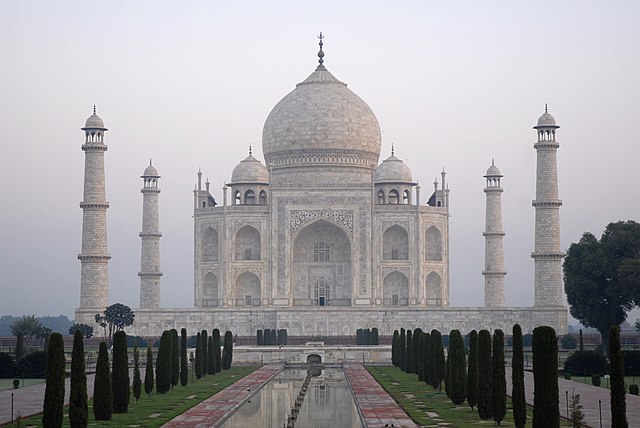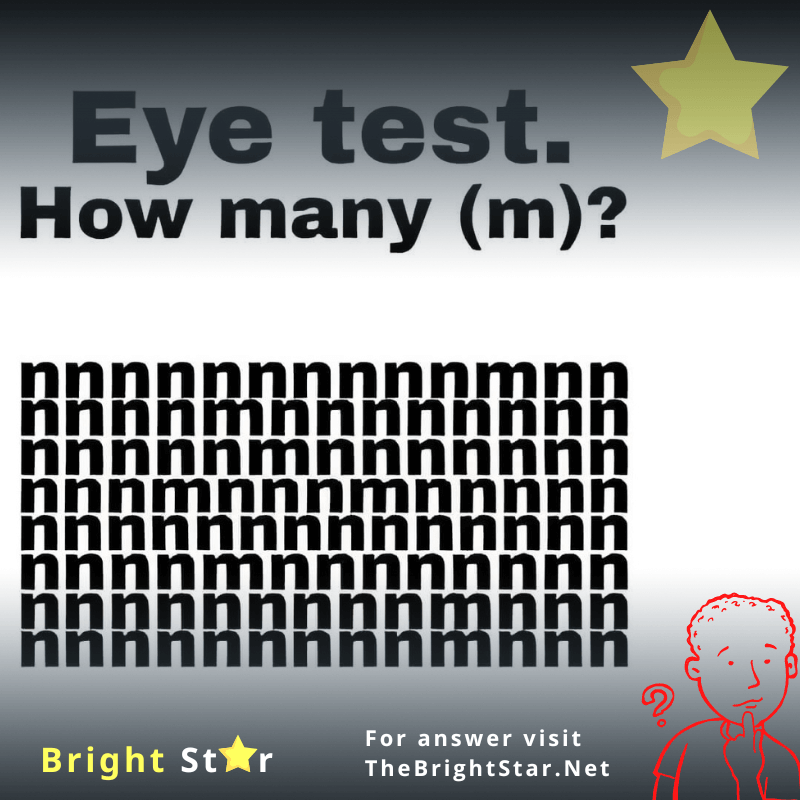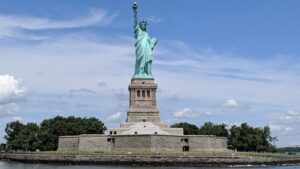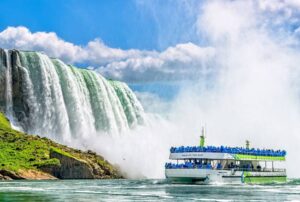The Line, Neom, Saudi Arabia
The Line is a smart, linear city under construction in Saudi Arabia in Neom, Tabuk, which is designed to have no cars, streets, or carbon emissions. The 170-kilometer-long (110 mi) city is part of the Saudi Vision 2030 project, which Saudi Arabia claims will create 460,000 jobs and add $48 billion to the country’s GDP. The Line is planned to be the first development in Neom, a $500 billion project. The city’s plans anticipate a population of 9 million.
The Line is planned to be preserving 95% of the nature within Neom. It will stretch from the Red Sea approximately to the city of Tabuk, on the Hejaz railway. It is intended that it will have nine million residents, resulting in a population density of 260,000 people per square kilometer. By comparison, Manila, the world’s most densely populated city in 2019, had a density of 44,000/km2. The Line’s plan consists of two mirrored buildings with an outdoor space in between, having a total width of 200 meters (660 ft) and a total height of 500 meters (1,600 ft). This will make it the third tallest building in the country, after the Abraj Al-Bait Clock Tower and the proposed Jeddah Tower, and approximately the 12th tallest building in the world. The city will be divided into nodes. All daily services are designed to be reachable within a 5-minute walk.
The city will be powered entirely by renewable energy. It will consist of three layers, one on the surface for pedestrians, one underground for infrastructure, and another underground for transportation. The transportation layer will include a high-speed rail system, which it is claimed will allow people to travel from one end of the city to the other in 20 minutes. Without accounting for stops, this would require an average speed of 512 km/h, faster than any existing high-speed rail at the time of announcement. Artificial intelligence will monitor the city and use predictive and data models to find ways to improve daily life for citizens, with residents being paid for submitting data to The Line.
The estimated building cost is US$100–200 billion (400–700 billion SAR), with some estimates as high as $1 trillion. It is claimed by the Saudi government that it will create 460,000 jobs, spur economic diversification, and contribute 180 billion SAR (US$48 billion) to the domestic GDP by 2030.
(Source: Wikipedia and Neom)
More World Tour and Places
More from Bright Star

